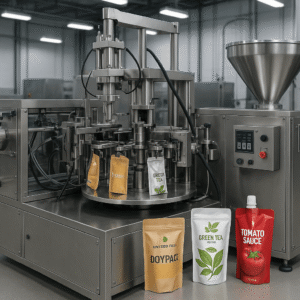When you’re in the market for a new car or simply want to understand more about the vehicle you own, knowing its specifications is crucial. Car specifications (often shortened to car specs) refer to the detailed technical data and features that define a car’s performance, comfort, safety, and design. This comprehensive guide will explain what car specifications typically include and why they matter.
What Are Car Specifications?
Car specifications are a set of technical details and measurements provided by the manufacturer that describe various aspects of the vehicle. These include the engine size, horsepower, torque, fuel efficiency, dimensions, safety features, and more. Understanding these specs helps buyers make informed decisions and allows owners to better maintain and optimize their vehicles.
Key Categories of Car Specifications
Here’s a breakdown of the most common car specifications you’ll encounter:
1. Engine Specifications
-
Engine Size/Displacement: Measured in liters (L) or cubic centimeters (cc), this indicates the total volume of all the cylinders in the engine. Larger engines typically produce more power but may consume more fuel.
-
Horsepower (HP): Represents the engine’s power output. More horsepower usually means better acceleration and speed.
-
Torque: Measured in pound-feet (lb-ft) or Newton-meters (Nm), torque refers to the twisting force the engine generates, which affects the car’s ability to accelerate, especially at low speeds.
2. Performance Metrics
-
0-60 mph or 0-100 km/h Time: How quickly the car accelerates from a standstill to 60 mph or 100 km/h.
-
Top Speed: The maximum speed the car can reach.
-
Fuel Efficiency: Measured in miles per gallon (MPG) or liters per 100 kilometers (L/100km), this shows how economically the car uses fuel.
3. Dimensions and Weight
-
Length, Width, and Height: These affect parking, maneuverability, and interior space.
-
Wheelbase: The distance between the front and rear wheels, impacting ride comfort and stability.
-
Curb Weight: The car’s weight without passengers or cargo; affects fuel economy and handling.
4. Transmission
-
Types include manual, automatic, semi-automatic, or continuously variable transmission (CVT).
-
The number of gears affects performance and fuel efficiency.
5. Drive Type
-
Front-wheel drive (FWD), rear-wheel drive (RWD), or all-wheel drive (AWD)/four-wheel drive (4WD).
-
Drive type influences traction, handling, and suitability for various road conditions.
6. Safety Features
-
Airbags, anti-lock braking system (ABS), traction control, electronic stability control, and advanced driver assistance systems (ADAS) such as lane assist and automatic emergency braking.
7. Interior and Comfort Features
-
Seating capacity, upholstery materials, infotainment system, climate control, and space dimensions.
Why Do Car Specifications Matter?
-
Buying Decision: Understanding specs allows buyers to compare vehicles and pick one that suits their needs, whether it’s for fuel economy, power, space, or safety.
-
Performance Expectations: Knowing horsepower and torque helps set expectations about acceleration and towing capacity.
-
Maintenance and Upgrades: Specs guide owners when buying replacement parts or upgrading components.
-
Resale Value: Vehicles with advanced features and better specs tend to hold their value longer.
Common Car Specification Terms Explained
-
RPM (Revolutions Per Minute): Engine speed indicating how many times the engine’s crankshaft completes a full rotation each minute.
-
Turbocharged: An engine with a turbocharger to boost power without increasing engine size.
-
Hybrid: A car that uses both an internal combustion engine and an electric motor.
-
Torque Curve: How torque output changes across the engine’s RPM range.
How to Find Car Specifications
-
Owner’s Manual: The first place to look for detailed specs.
-
Manufacturer’s Website: Often provides full technical specs for each model and trim.
-
Car Review Websites: Provide comparisons and detailed reviews of specs.
-
Dealerships: Sales staff can provide spec sheets and explain details.
Conclusion
Car specifications are more than just numbers—they tell the story of a car’s capabilities, performance, and features. Whether you are buying a new vehicle, upgrading parts, or simply curious about your current car, understanding these specs empowers you to make smarter decisions. Always consider your needs first: prioritize fuel efficiency if you commute daily, or horsepower if you crave performance. Ultimately, the right specs make your driving experience safer, more enjoyable, and tailored to you.



